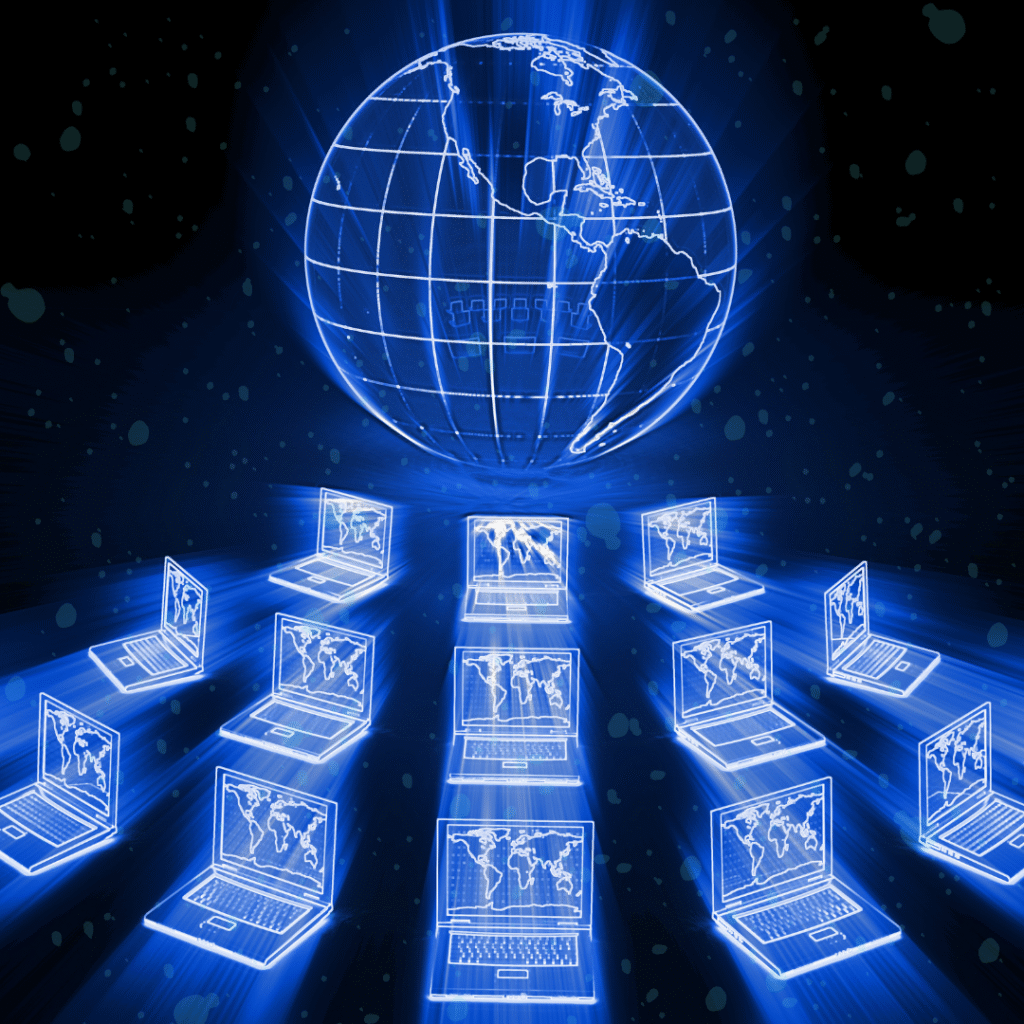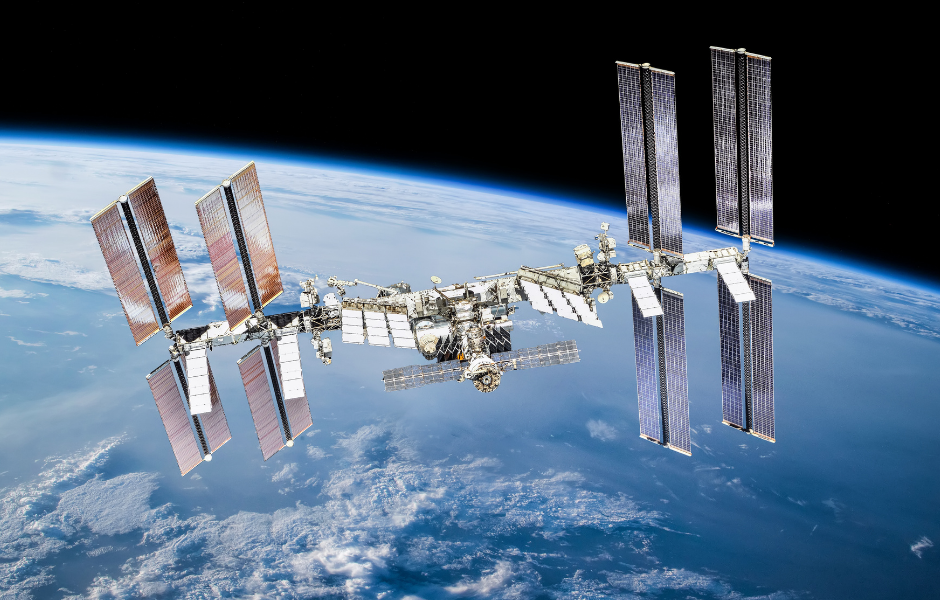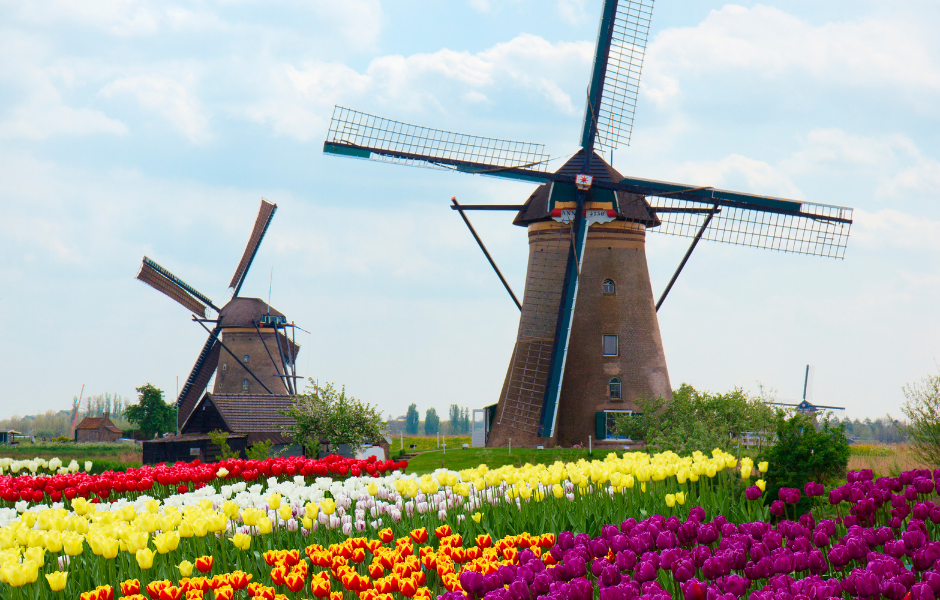
This children’s article, How does it work? A kids’ guide to the internet, has been written for native English speakers and learners of English as a second or foreign language. It helps children build vocabulary, learn how the internet works, and think about how technology might change in the future. Written by Mark Pulley, a teacher and writer who creates fun and informative news articles for English learners.
What is the internet?
The internet is like a giant spider web connecting computers all over the world. But instead of silk threads, it uses wires, satellites, and signals to send data at incredible speeds. You’re using the internet right now to read this article!
When you search for something, click a video, or send a message, tiny pieces of information travel through cables or wireless signals to reach you. These pieces are called “data,” and the Internet moves billions of them every second.
A short history of the internet
The internet wasn’t invented all at once. It started in the late 1960s as a way for scientists and the military to share information. Back then, it was called ARPANET.
In the 1990s, it became available for everyone. That’s when websites, email, and search engines began. Imagine a world with no YouTube, no Google, and no online games! That was life before the internet.
The World Wide Web (what we usually call “the web”) was invented by a British scientist named Tim Berners-Lee in 1989. It made it much easier for people to share information through websites.
How the internet helps us today
Now, the internet is everywhere. People use it for school, work, shopping, chatting, watching shows, and learning new things. Teachers use it to help students learn. Doctors can talk to patients online. Even fridges and watches can connect to the internet!
But the internet isn’t stored in the clouds. It lives in big buildings called data centres, which are filled with thousands of computers that store and send information.
What could change in the future?
The internet keeps changing fast. In the future, it might become even faster with new types of satellites and cables. Some people are building “internet balloons” to send signals to places that don’t have good connections.
Scientists are also working on the quantum internet, which could send data in strange and powerful new ways. Nobody knows exactly what it will look like, but the internet of the future could be faster, safer, and even more amazing!

Article vocabulary list
- Data – Pieces of information sent or received by a computer
- Signal – A wave or message sent through the air or cables
- Website – A page on the internet that you can visit
- World Wide Web – The part of the internet made up of websites and links
- Data centre – A big building where computers store and share information
- Quantum – A type of science about very tiny particles and energy
- Satellite – A machine in space that sends signals around the world
- Connection – A way for your device to link to the internet
Comprehension questions
Just click the plus (+) to see the answer
1. What is the internet compared to in this article?
a) A train station
b) A spider web
c) A treasure map
Answer: b) A spider web
2. Where is internet data stored?
a) On your mobile phone
b) In clouds
c) In data centres
Answer: c) In data centres
3. What was the internet called in the 1960s?
a) The World Wide Web
b) YouNet
c) ARPANET
Answer: c) ARPANET
4. Who invented the World Wide Web?
a) Steve Jobs
b) Tim Berners-Lee
c) Elon Musk
Answer: b) Tim Berners-Lee
5. What is one thing scientists are working on for the future of the internet?
a) Internet balloons
b) Talking animals
c) Flying books
Answer: a) Internet balloons

Mark is a writer and EFL teacher from England with eight years’ experience. He’s passionate about travel, sport (especially football), animals, nature, and history, and enjoys helping children explore the world through language and learning.




